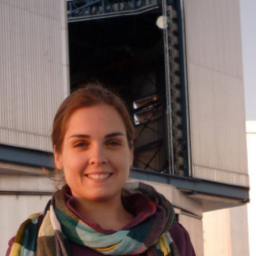Joint Astrophysical Colloquium
Slow quenching in the cores of CLASH+HLS galaxy clusters
Lucía Rodríguez-Muñoz (INAF - Osservatorio Astronomico di Padova)
Thursday 07/03/2019 @ 11:30, Sala IV piano Battiferro
Clusters of galaxies, the largest gravitationally bounded systems in the Universe, are ideal laboratories to study the environmental effects on galaxy evolution. With the aim of exploring the evolutionary paths of galaxies within these high density environments, we have quantified the star formation (SF) activity in the inner cores of 24 massive galaxy clusters at 0.2 ? z ? 0.9. This sample of clusters contain systems observed by both the Herschel Lensing Survey and the Cluster Lensing and Supernova survey with Hubble. Thanks to the deep photometry in the rest-frame ultraviolet to far-infrared regimes provided by these programmes, we are able to identify and accurately characterise stellar mass-limited samples of star-forming cluster members. Our results depict intermediate-z cluster cores as regions where SF activity is strongly suppressed with respect the field in terms of both the fraction of star-forming galaxies (SFG) and the rate at which they form stars. Our findings reveal a significant population of transition galaxies being quenched within these inner cluster cores. This favours long time-scales quenching physical processes as the main contributors to the SF suppression in the highest density environments since z?0.9, with shorter time-scale processes being very likely responsible for a fraction of the missing SFG population

